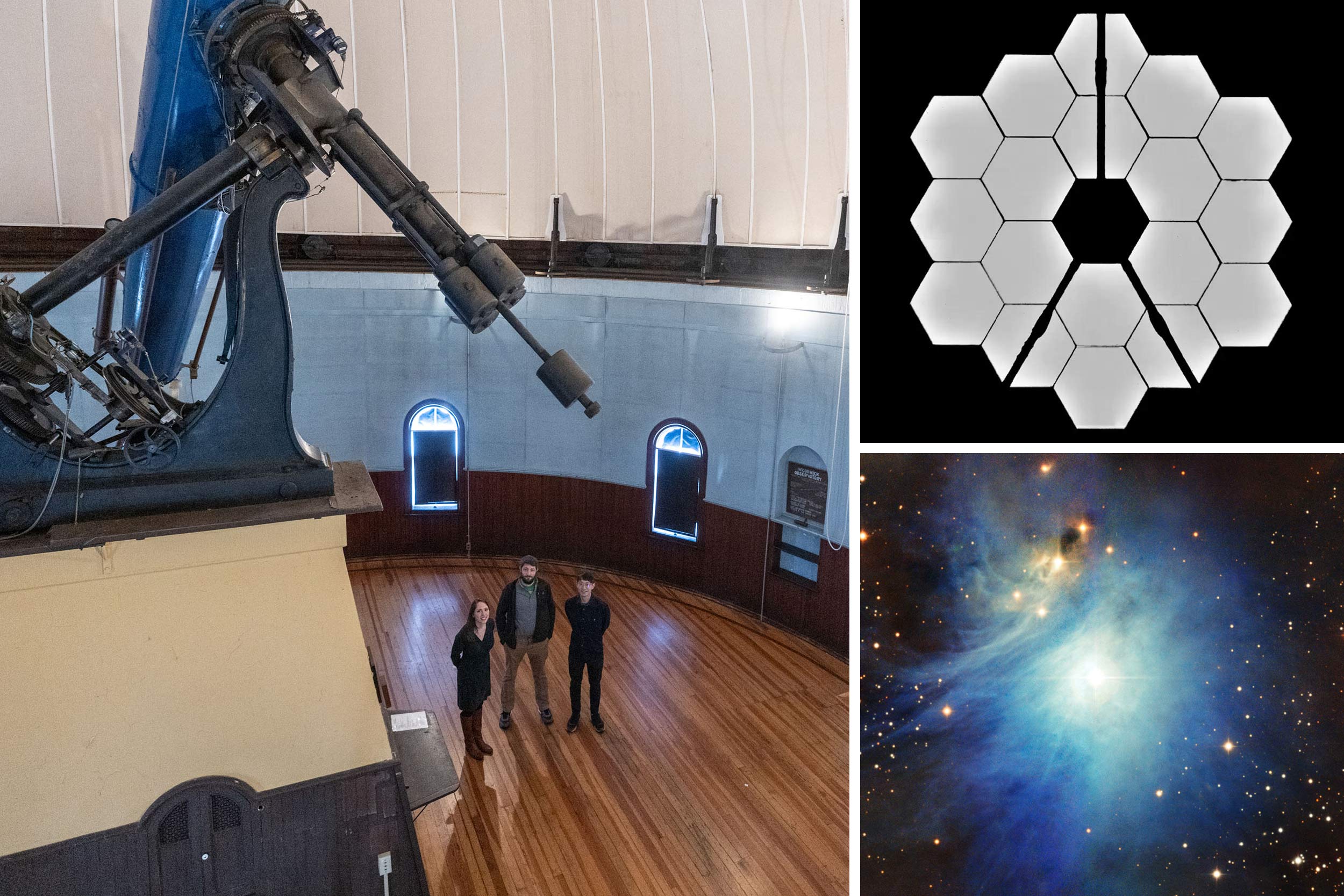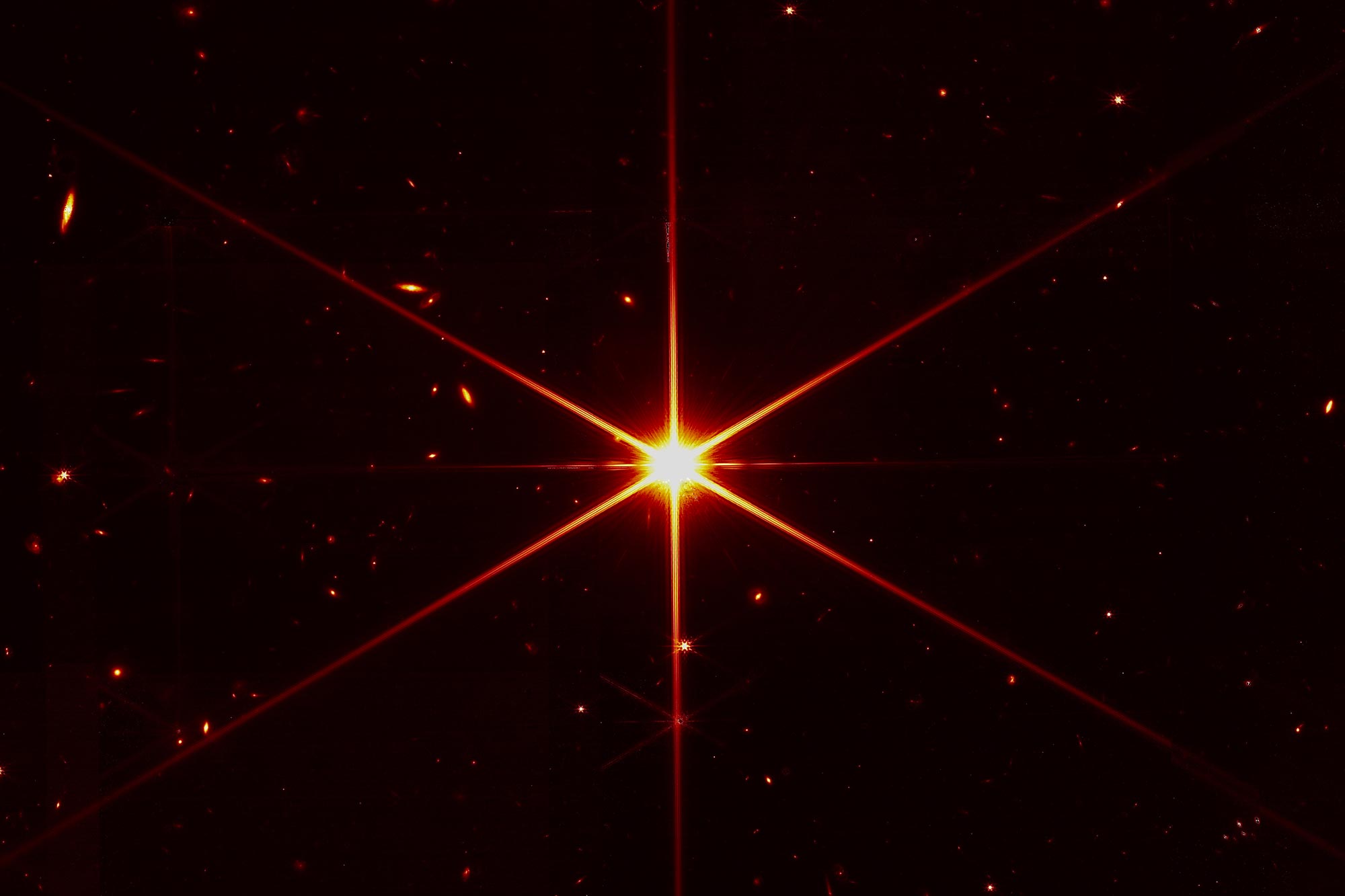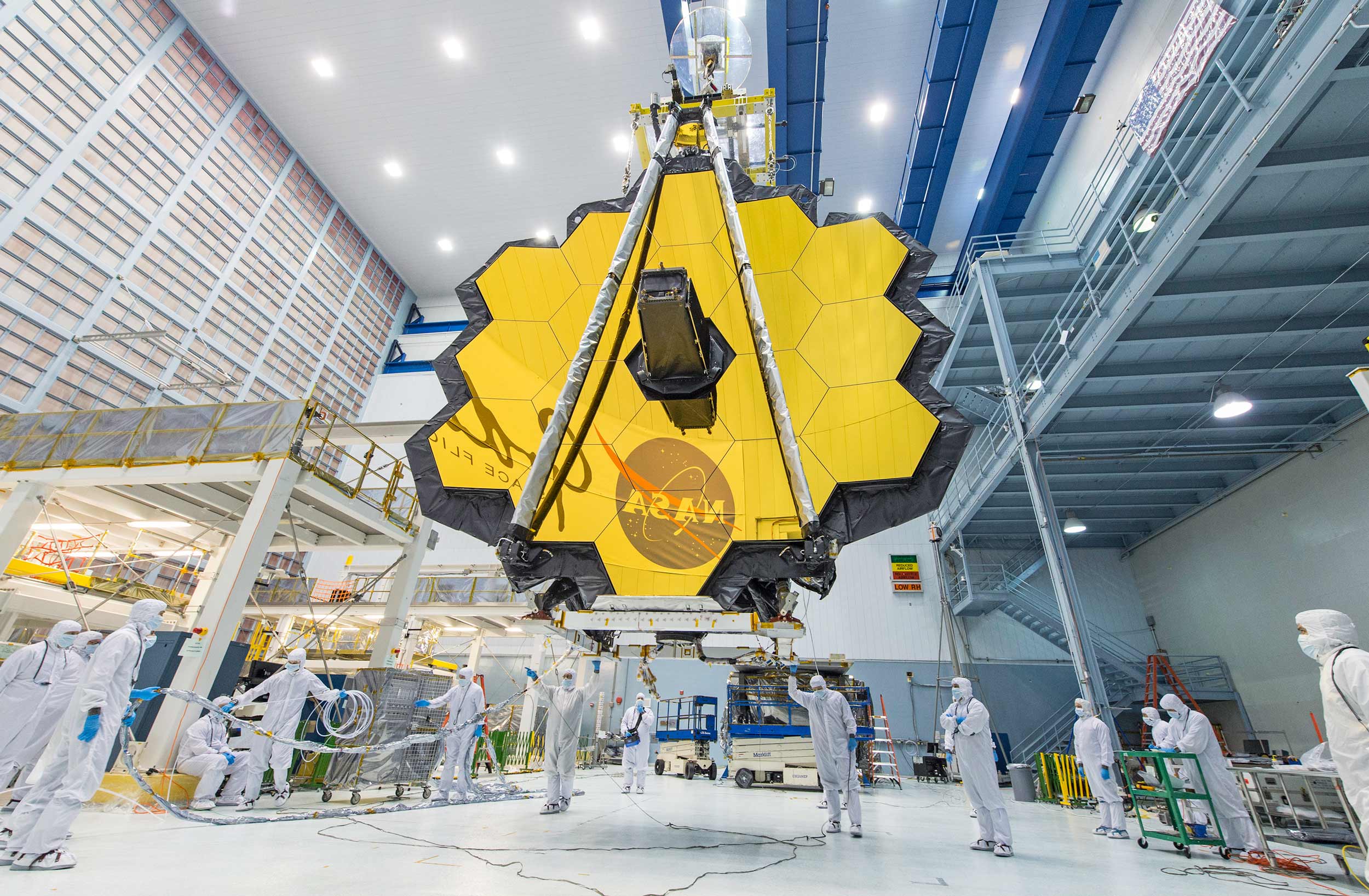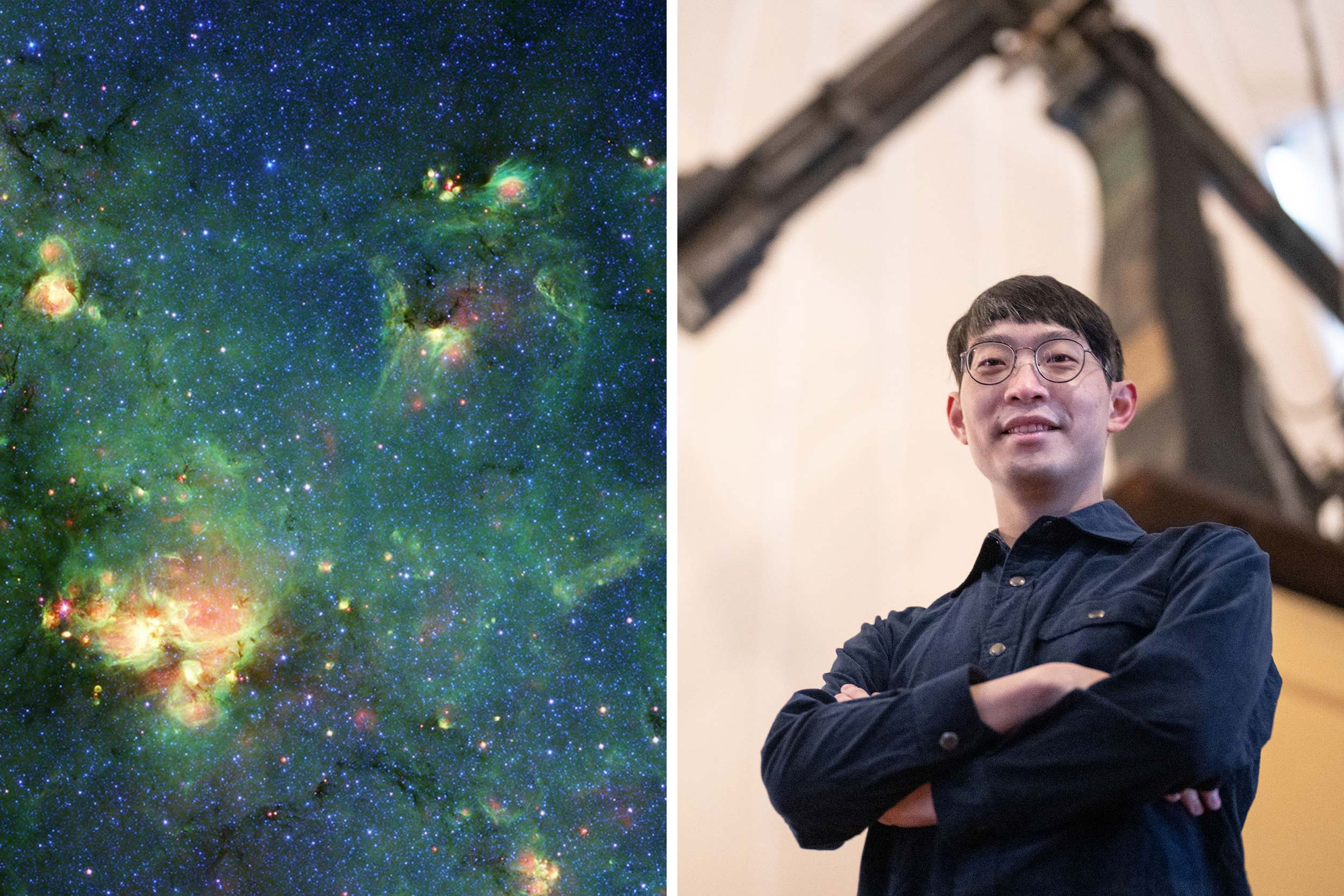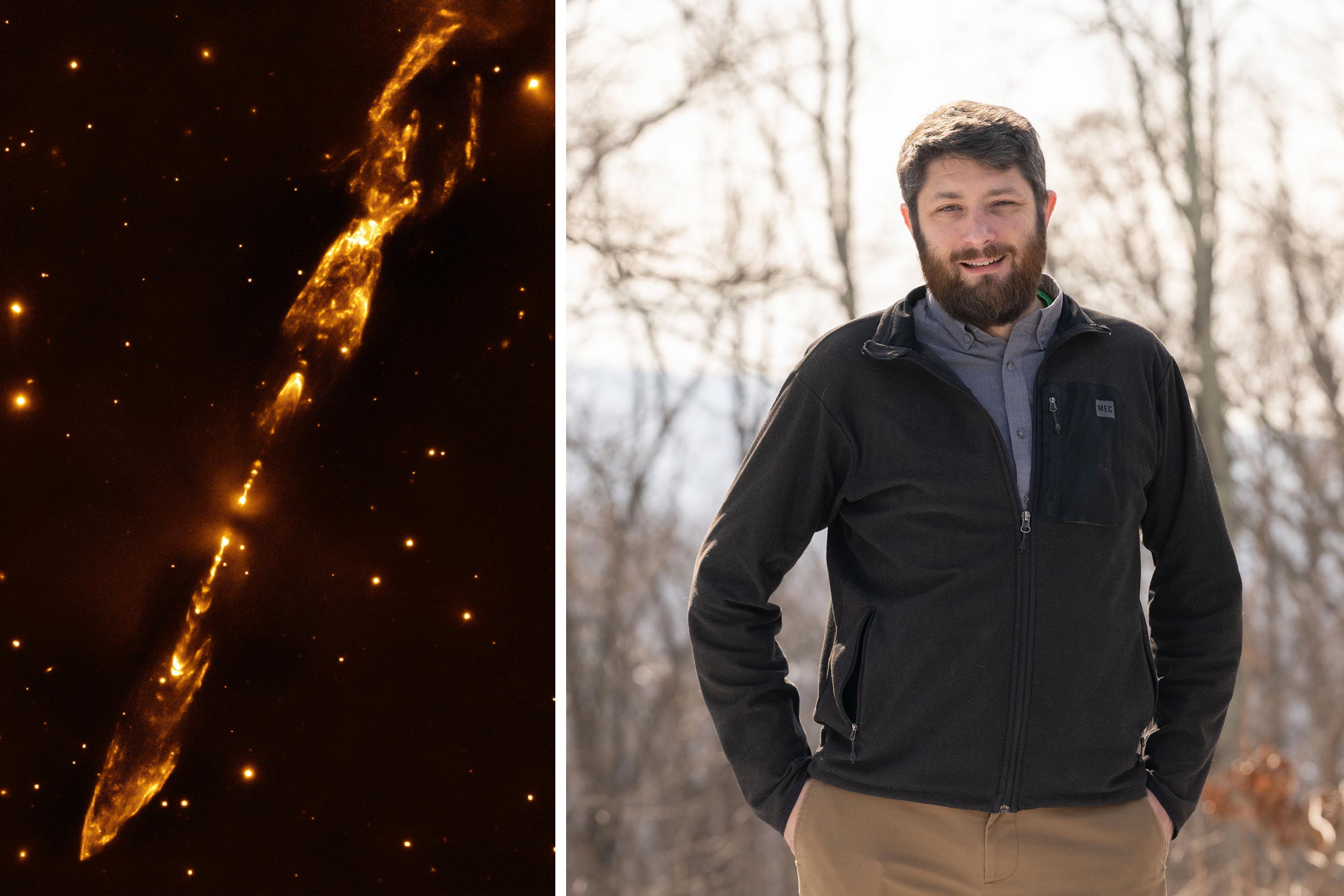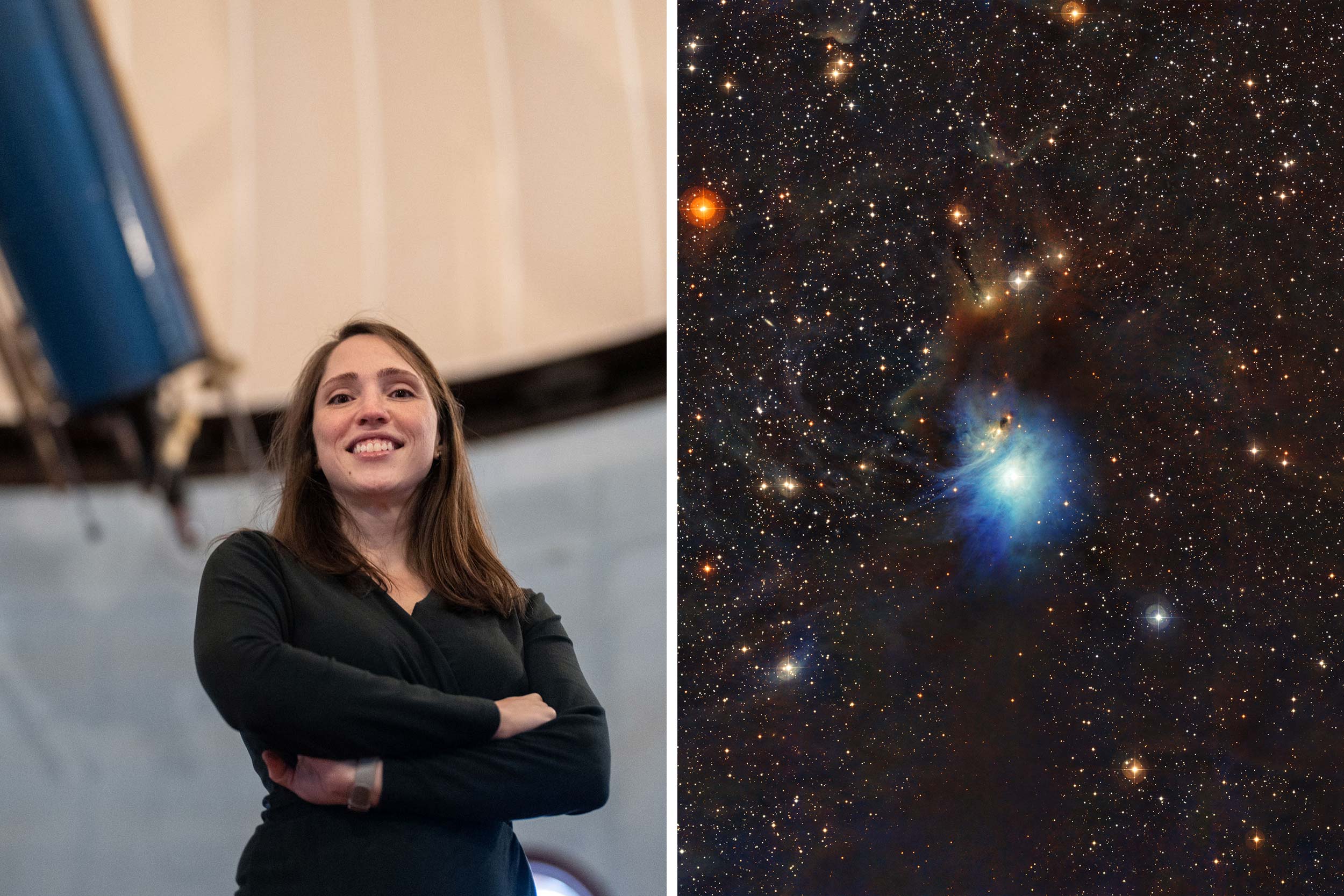The Space Telescope Science Institute fielded nearly 1,200 General Observer proposals from scientists from 44 different countries. Fewer than one quarter of those were selected for the 6,000 hours of telescope time available this first program cycle.
Additionally, former UVA graduate student Yu Cheng, now at the National Astronomical Observatory of Japan, is the principal investigator of another selected project. The strong UVA representation reflects the Department of Astronomy’s strength as a research hub for the fields of star and planet formation.
“Having our projects selected for this first cycle, we are operating a little bit like the guinea pigs,” joked Cleeves, who is considered one of the world’s leading experts in theoretical astrochemistry and its applications to newly forming and formed planets. “But it’s amazing to be placed at the forefront to test what this telescope can do. This could revolutionize our understanding of how planets are formed.”
Opportunity for Discovery
Designed to study the origins of the first stars and galaxies, which date back 13.7 billion years, the Webb Telescope is seven times more sensitive than the Hubble Space Telescope, which probes at a different range of wavelengths of mostly optical/red light. Researchers believe the Webb Telescope and its ability to detect faint infrared sources of light could be a game-changer with respect to our understanding of how planets form, what types of planets develop and their potential habitability for life.
Armed with a series of hexagonal golden mirrors, the Webb Telescope was designed to collect infrared light across a broad range of wavelengths with unprecedented sensitivity. That capability offers it a previously unmatched ability to study exoplanets – planets that orbit other stars beyond our solar system.
